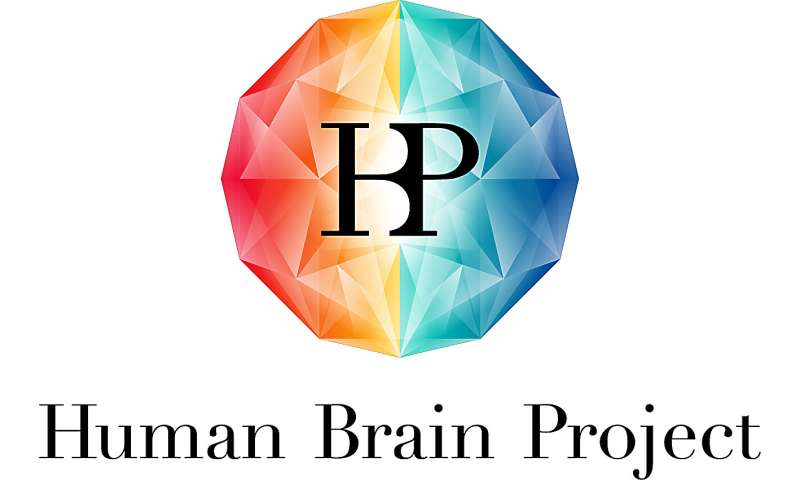The Human Brain Project ends: What has been achieved

On September 30, the Human Brain Project (HBP) formally completes its 10-year runtime as an EU-funded FET Flagship. The project has pioneered digital neuroscience, a new approach to studying the brain based on multidisciplinary collaborations and high-performance computing. The HBP will continue to have an impact on neuroscience for many years through the EBRAINS research infrastructure and a new way of collaborative work in the field.
Between 2013 and 2023, 155 institutions from 19 countries worked together as core partners of the HBP. In total, the HBP was funded with a budget of 607 million Euros over four funding periods, accompanied by specific grant agreements.
The HBP has produced more than 3000 academic publications and more than 160 digital tools, medical and technological applications, an open research infrastructure—EBRAINS—as well as a multinational and uniquely interdisciplinary community that would not have come together otherwise.
The HBP has driven outstanding advances in brain research and in the development of medicine and technology applications. Among the research highlights accomplished by the HBP are the world-leading 3D atlases of the brain, breakthroughs in personalized brain medicine, and the development of new brain-inspired technologies, e.g., in artificial intelligence and neuromorphic computing.
"The brain is one of the most complex systems that we know of, and organized on multiple levels," explains HBP Director Katrin Amunts. "Gaining a true understanding of how the brain works requires looking at all of these levels together. In the HBP, we have successfully built the tools that empower researchers to do just that: to integrate insights from multiple scales. This could only be achieved by the large-scale, interdisciplinary collaboration that the Flagship enabled."
Over the last year, a position paper initiated by the HBP about the future of digital neuroscience has been collaboratively written by around 100 international authors from inside and outside of the project. "The coming decade of digital brain research—A vision for neuroscience at the intersection of technology and computing" has been published, with an executive summary outlining the main points.
This new way of working together presents a strong basis for the future: The HBP has built a digital platform that fosters large-scale collaborations. The EBRAINS digital research infrastructure offers access to digital tools, models, data and services, facilitating the integration of brain science across disciplines and national borders.
"With the EBRAINS infrastructure, the HBP has built an invaluable resource that will remain accessible to the scientific community after the project has ended," says Philippe Vernier, co-CEO of the EBRAINS AISBL.
"EBRAINS is on the path to becoming a lasting and integral part of the European neuroscience landscape. The infrastructure is already used by a range of projects beyond the HBP and has been selected for the prestigious ESFRI Roadmap of European infrastructure. Already, national nodes of EBRAINS are being set up in 11 countries," adds Jan Bjaalie, HBP Infrastructure Director. These nodes across Europe provide their expertise and services to the scientific community through EBRAINS, while also helping to further grow the user base in their country.
More information:
The coming decade of digital brain research—A vision for neuroscience at the intersection of technology and computing: zenodo.org/record/7764003
Provided by Human Brain Project